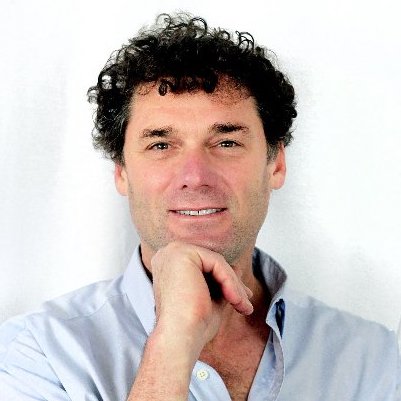Dear Adi:
This column will appear online just about when you arrive in Poland.
As a participant in the March of the Living, you’ll visit the Jewish
Quarter of Krakow, the Lodz Ghetto, Schindler’s factory, the site of the forced labor camp at Plaszow, the original homes of two Holocaust survivors and Auschwitz. That’s just the first four days.
Then you’ll tour the Zbilagovska Gora Forest, where 800 children were buried, many of them clubbed to death by Ukrainian guards who were following Nazi orders, as well as the Belzec death camp and the Warsaw Uprising Memorial.
The highlight of week one will be the actual Holocaust Remembrance Day March, which will see thousands of Jewish high school students from around the world, accompanied by Holocaust survivors, walk from Auschwitz to Birkenau, to reaffirm the very lively existence of a people those places tried to swallow.
From there, you and the thousands of other participants will fly to Israel, where you’ll travel the country for a week, then celebrate Israeli Independence Day with a second march, this one through Jerusalem.
“The goal of the March of the Living is for these young people to learn the lessons of the Holocaust and to lead the Jewish people into the future vowing ‘Never Again,’ ” the March of the Living Web site declares.
When you decided to become one of some 100,000 teens who have participated in the March of the Living since its founding in 1988, I was probably less enthusiastic than I should have been.
You had already spent a semester in Israel as part of Milken High School’s Tiferet Israel Fellowship program — a rich and extended experience that gave you a much deeper feeling for the country than one week could.
And I had recently returned from a conference in Warsaw on “Jews and Poland,” sponsored by the Ministry of Foreign Affairs, at which many speakers detailed the negative impressions created when well-intended March of the Living organizers neglect to emphasize the positive aspects of Jewish history in Poland, the current resurgence of Polish Jewry and the close contemporary ties among Poles, Jews and Israel.
Several years ago, when criticism of that aspect of the program peaked, The Jewish Journal ran a cover story exploring these issues. We called it “March of the Living Dead.” (And yet, the organizers still let you on the trip …)
There is no denying the power of the Jewish journey from near-obliteration in the death camps of Europe to strength and independence in Israel. I’ve watched the YouTube video of Israeli fighter jets screaming across the skies in formation above Auschwitz. That’s not just, “Never Again.” That’s, “Don’t Even THINK About It.”
And, come to think of it, I like the idea that even as the vast majority of the English-speaking world is thoroughly immersed in the happy, fluffy nuptials of Prince William and Kate Middleton, you and your friends are spending today and tomorrow wallowing in some of the most painful dark memories known to man. Clearly, we Jews march to a different drummer.
In any case, you convinced me that no matter what critics say, and what I myself thought, you wanted to see for yourself and draw your own conclusions. So, welcome to Poland.
I know the trip will be meaningful, and you will bring your own unique point of view, your own emotions and intelligence to what you see and hear.
I know you know that in one week you won’t be able to take in or comprehend Poland, nor the whole of Jewish history in that country: The 800 years of relative acceptance that nurtured a Jewish culture of such richness, brilliance, industry and creativity. The interweaving of Polish and Jewish cultures, in food, in language and in the arts. The role of contemporary Poland in supporting its current Jewish communities and in helping to strengthen Israel. Polish Jewish history didn’t begin in 1939 or end in 1945. It began about 900 C.E., and it’s still unfolding.
I know you know that in one week no one can grasp the complexity of Israel: the ancient roots of the Jewish attachment, the many-threaded narrative of political Zionism, the light and darkness that accompanied its founding and development.
If joining the March of the Living doesn’t inspire you to look beyond what you see and hear to understand as much as you can about the history and people around you, it will have been a fun spring break, a kind of Holocaust Cancun, but a wasted opportunity.
Finally, one small, pedantic, fatherlike lesson. I’ve already told you my favorite story about March of the Living. It took place at the height of the Second Intifada, when Palestinian terrorists were blowing up civilian buses in downtown Jerusalem. After one explosion made the news, a friend of one of the march participants called the girl’s mother in Los Angeles and asked if her daughter was safe. “Oh, yes,” the mother said. “Thank God they’re still in Auschwitz.”
You can draw your own lessons from that story. Mine is that the world is quite capable of change — change that we can’t even imagine, change that we even despair of. Sometimes it is up to us to turn the wheel, sometimes it just turns. The way things are is never how they have to be. That’s the real march of the living.
Love,
Dad






















 More news and opinions than at a Shabbat dinner, right in your inbox.
More news and opinions than at a Shabbat dinner, right in your inbox.